It’s easier to wipe out an endangered species limited to a small area than one that ranges over a continent.
To protect endangered species, it’s important to know where the front lines are. Doing so helps ensure conservation actions have the biggest impact. This means mapping where the world’s biodiversity is under the greatest threat of extinction.
It turns out that the variety of life on earth is not spread evenly, but is concentrated in very special places. As a rule, studies have shown that species with the smallest geographical ranges, are the most threatened with extinction and are most likely to be more severely affected by climate change.
This means that species found such on mountains, islands, and forest fragments are more vulnerable to extinction than those living in large expanses. In other words, it’s easier to wipe out a species limited to a small area than one that ranges over a continent.
Saving Nature has worked to map the diversity of vertebrate life across the world. Using these biodiversity maps, we can find the very best places to protect endangered species and restore the most biodiversity. Our goal is to restore the vitality and resiliency of the world’s unparalleled regions of biodiversity. We focus on species with small geographical ranges. To do so, we partner with local conservation groups to connect isolated habitats. Both the scope and scale of our projects continues to expand with three regional programs across 5 countries.

Latin America Program
Our Latin America program began in 2006 with a wildlife corridor in coastal Brazil to ensure the long-term survival of golden lion tamarins, only found in the Atlantic Forest. Having successfully reconnected their habitat with two corridors, we have since expand the program to include 10 wildlife corridors in Brazil, Colombia, and Ecuador.
Asia Program
Our Asia Program concentrates on areas with high biodiversity and intensive threats. Currently, we work in three regions, across two countries to connect, protect, and restore degraded habitat.
Of the world’s 25 biodiversity hotspots, two are in India and one is in Sumatra. Exploding population and commercial agriculture are rapidly consuming the last hope for many endemic and threatened species.
Gibbons are clinging to the last of their habitat in the Hoollongapar Gibbon Sanctuary, elephants are in direct conflict with farmers in Sumatra, and infrastructure is encroaching rapidly in the Western Ghats.

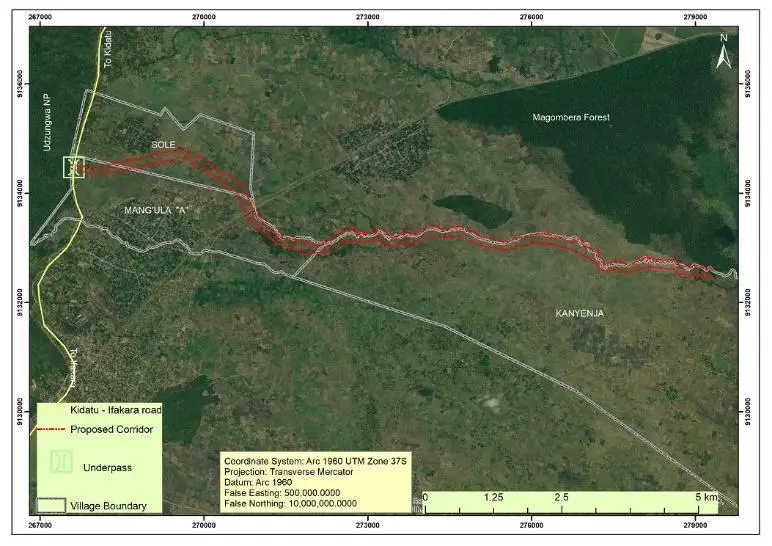
Africa Program
Saving Nature launched our Africa Program in 2022 in Tanzania’s Usambara Mountains, a biologically rich and threatened hotspot. We are actively working on three corridors in Tanzania – two in the Usambara Mountains close gaps in the forest caused by forest fires and one in the Udzungwa Mountains helps elephants move safely between two national parks.
Featured Projects
We are working to create 13 wildlife corridors in 5 countries – Brazil, Colombia, Ecuador, India, Indonesia, and Tanzania. We have restored and protected 9,673 acres of degraded land with native trees. Below we showcase three areas where we work with local partners to build a better future for people and wildlife.
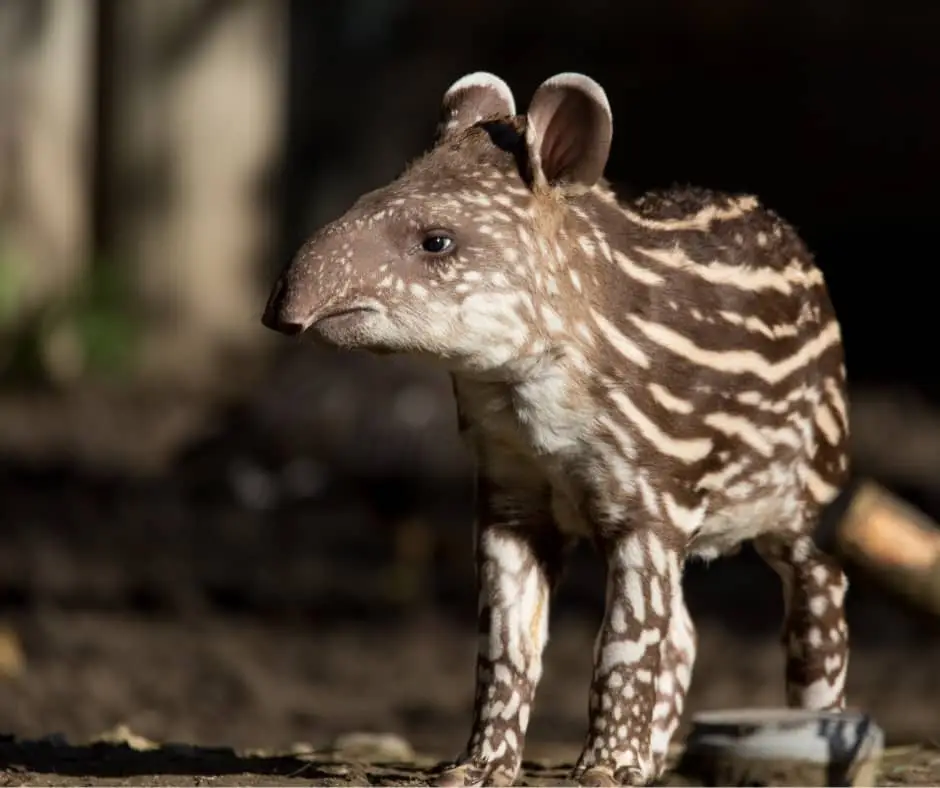
Brazil
Brazil's Atlantic Forest is home to 60% of Brazil's endangered species. Centuries of exploitation whittled away 95%. Housing developments threaten what's left.
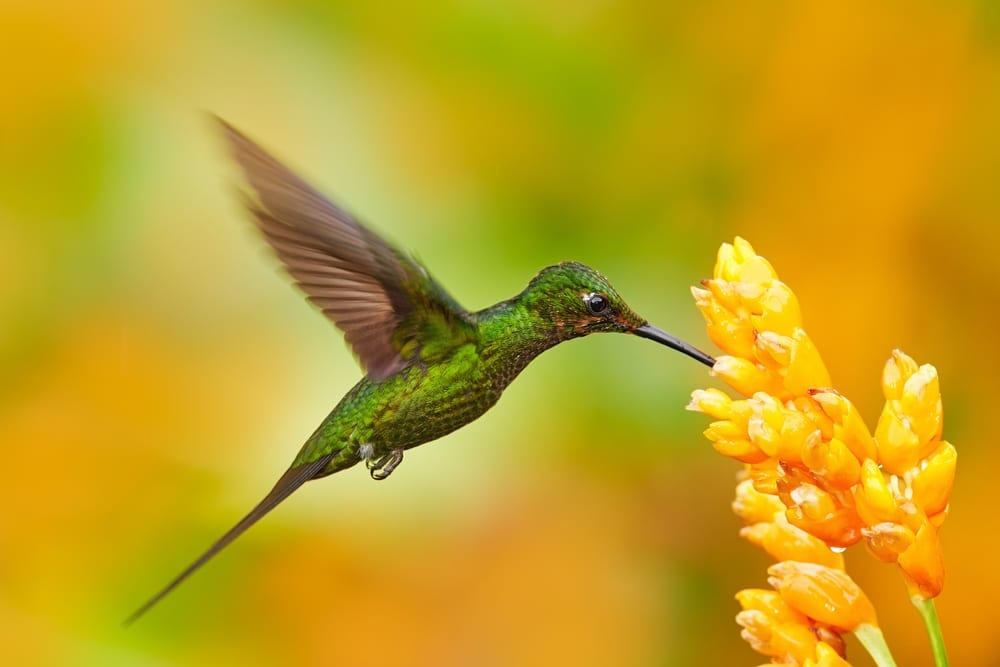
Colombia
The tropical Andes are extremely vulnerable. Colombia could lead the world in climate-driven extinctions. Commercial agriculture is driving deforestation.
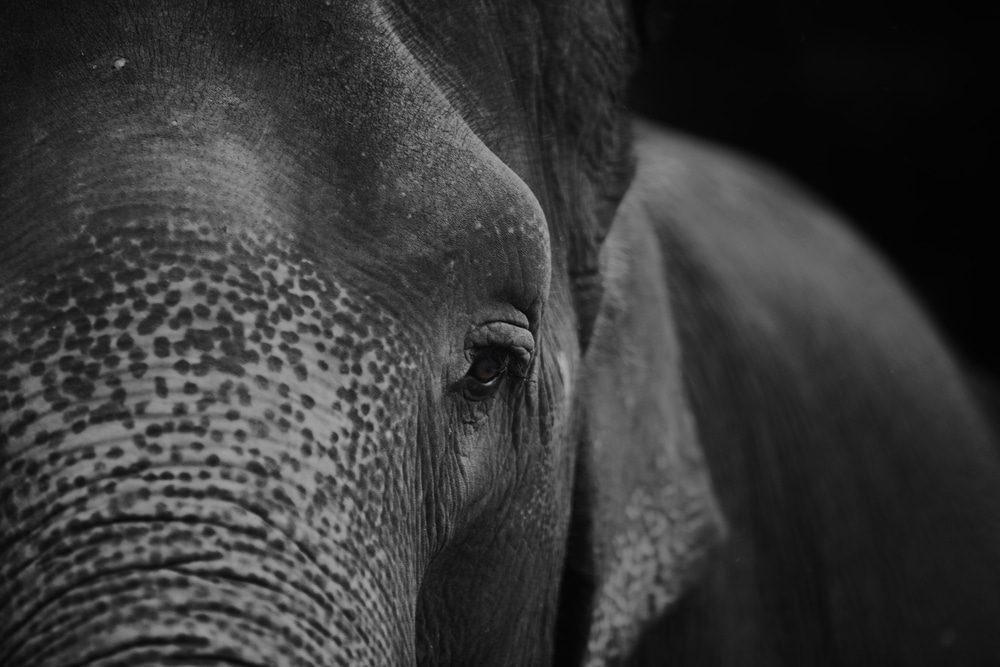
Sumatra
This is the last refuge where Sumatran rhinos, elephants, tigers, and orangutans co-exist. Human-wildlife conflicts and poaching threaten their survival.
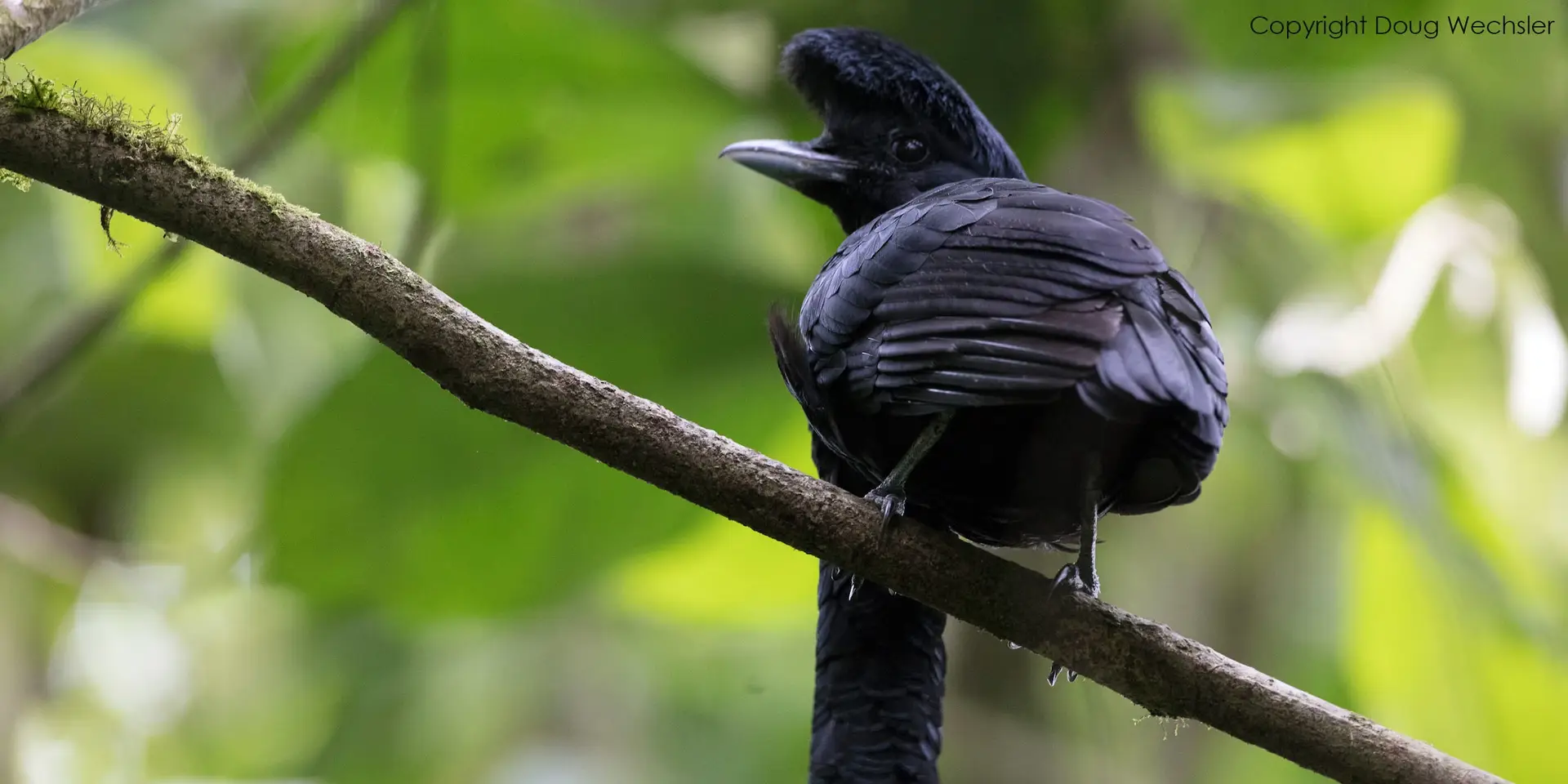
Ecuador
As logging companies penetrate deeper into the untouched forests, indigenous cultures lose their solitude and endemic species lose their home.
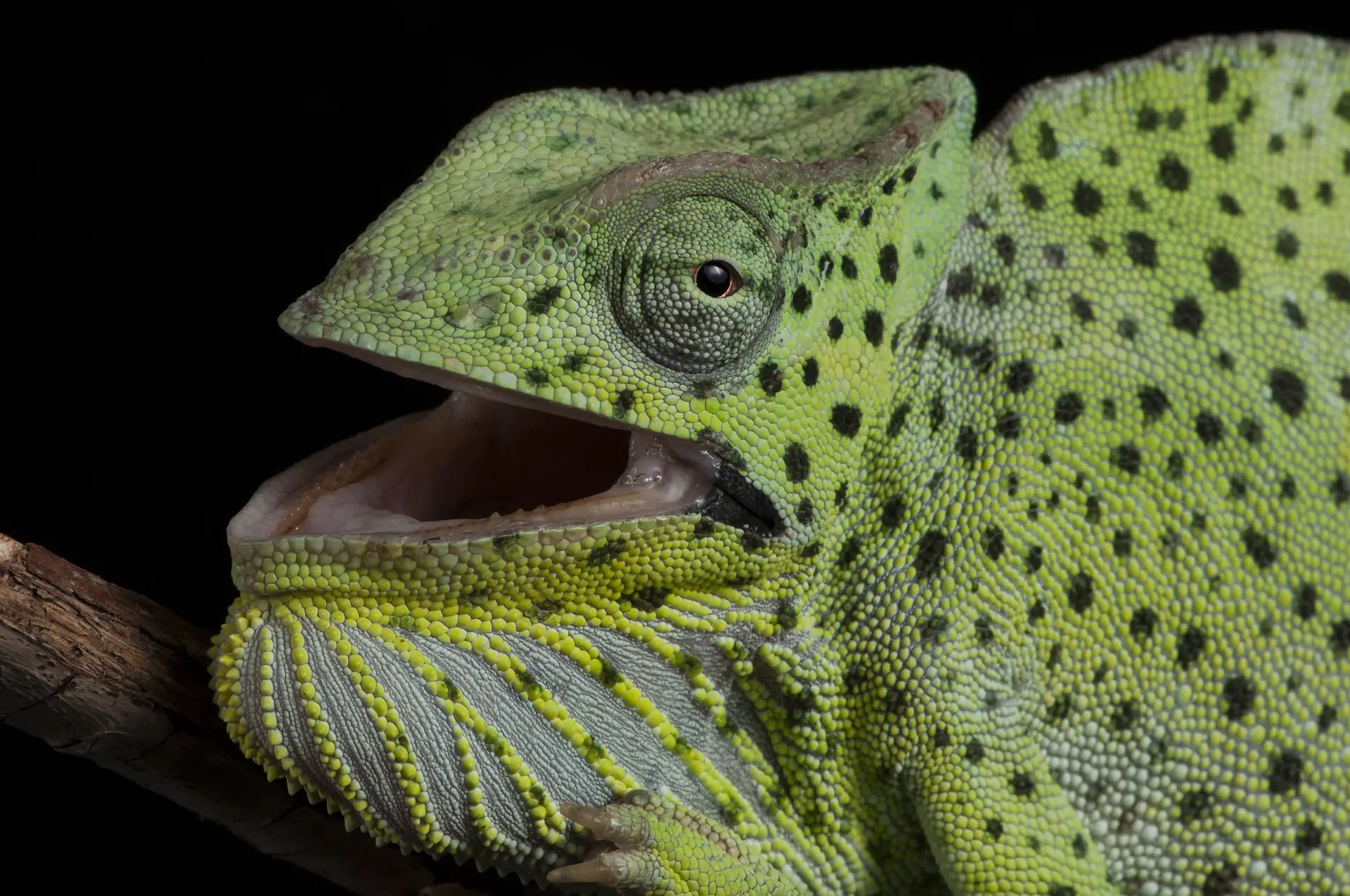
Tanzania
Given the high density of species, the Eastern Arc Mountains are likely to suffer more extinctions for a given loss of habitat than other biodiversity hotspot.
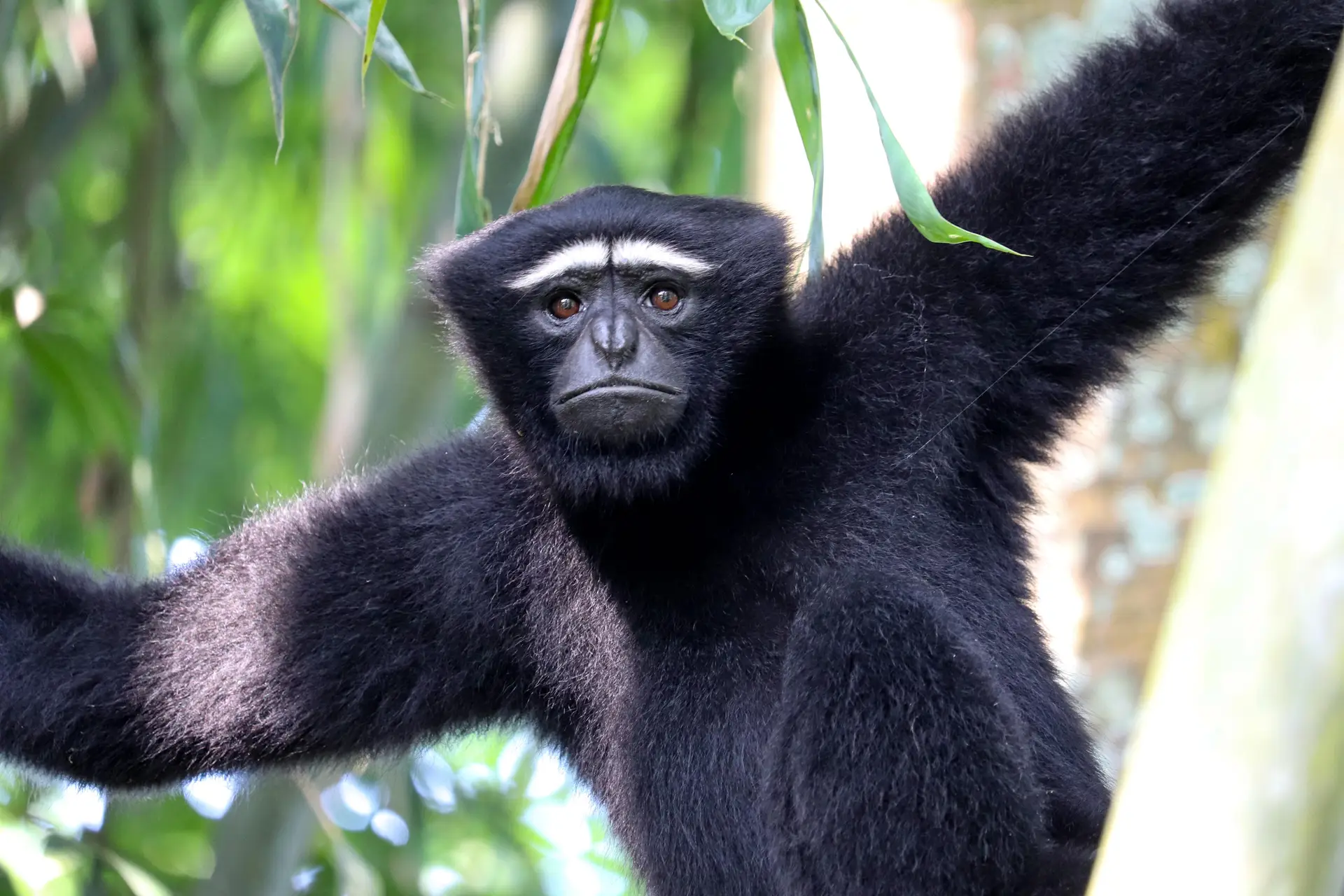
India
Imagine being imprisoned in a world with no permanent source of water. Now imagine months without rain. This is the life of species trapped in Hoollongapar.
Subscribe To Our Newsletter
Sign-up to receive updates on our projects, our science, and our progress in building a healthier planet.
Copyright 2025 Saving Nature | fGreen Theme powered by WordPress
